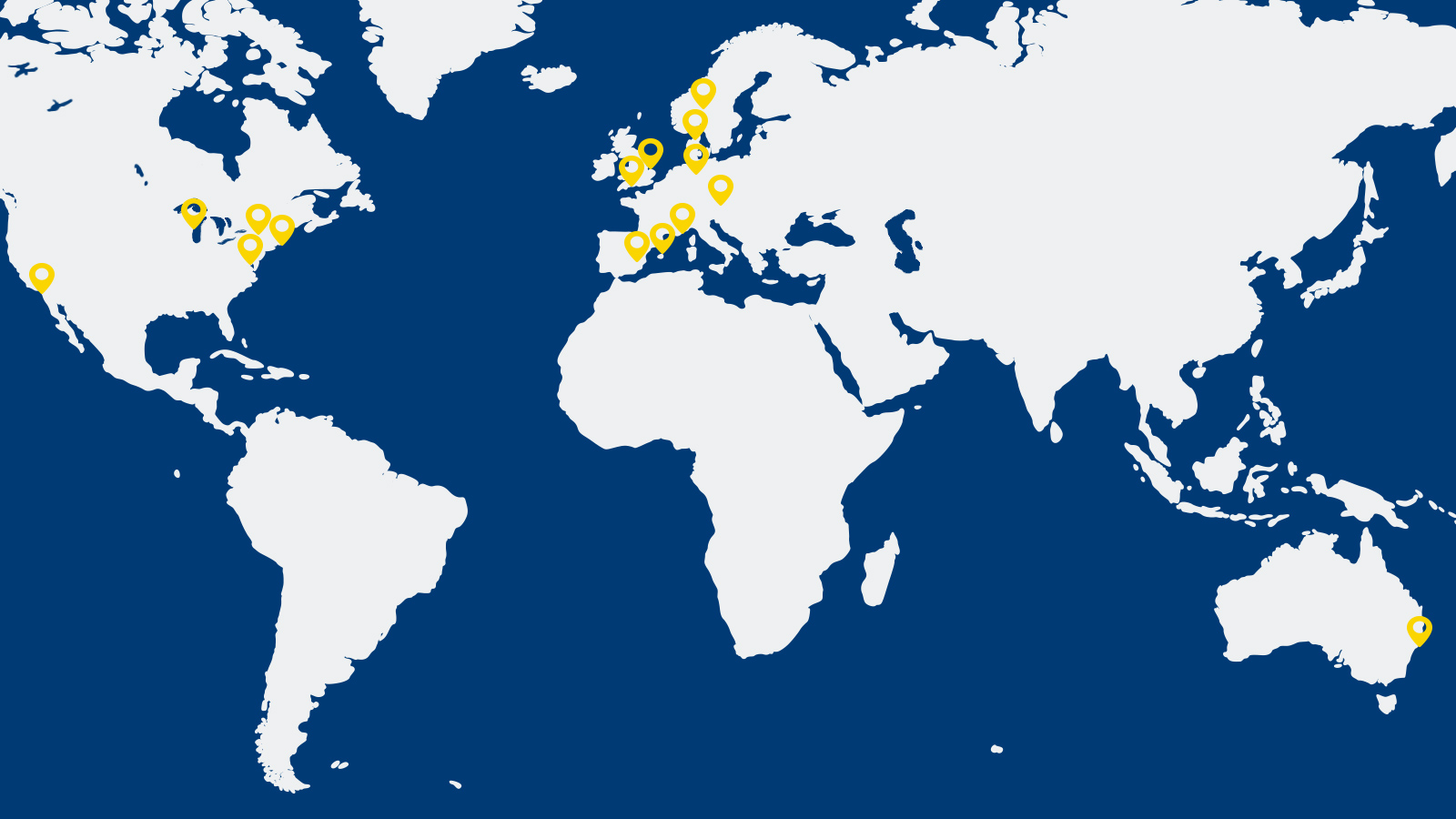
* Pantaenius UK Limited is authorised and regulated by the Financial Conduct Authority (Authorised No.308688)

* Pantaenius UK Limited is authorised and regulated by the Financial Conduct Authority (Authorised No.308688)
Navigation systems are a great invention. In road traffic, they have contributed significantly to road safety by allowing the driver to concentrate on the traffic, rather than turning the pages of an unwieldy road map while at the same time trying to steer the car, keep an eye on the traffic, interpret the road layout and read the signs… A dangerous method.

Wonderful as navigational systems are, human intuition and intervention remains a necessity.
When a motorboat collided head-on with a lighthouse at 22 knots, even the most hardened employees in the Pantaenius Claims Department were taken to task for a moment, and not without good reason. It became apparent that the skipper had mistakenly entered the lighthouse’s location into his chart plotter as a waypoint, and simply left the rest of the trip to the autopilot.
Dirk Hilcken, Sales Coordinator at Pantaenius, experienced a similar situation last summer in Turkey.
This kind of situation is all too easy to find oneself in. Travelling at speed from one bay to the next, enjoying your time with the charter boat, just a quick glance at the helm’s chart plotter and off you go. Luckily I stayed at the helm and just in time, I saw the head of the rock at the water’s surface and engaged reverse gear.
The same reason that led to the tragic retirement of TEAM VESTAS in the last Volvo Ocean Race almost led to a serious accident. The zoom level of the chart plotter was wrong and not all details were shown. TEAM VESTAS nearly destroyed a Volvo 65 yacht worth four million Euros.
"In our case, we were lucky and got away with nothing more than a bit of a fright," Hilcken said, still astonished by the incident. "I have always been a fan of nautical charts on the chart table - after all, I learned good seamanship that way - and if I had set my cruise on the chart in advance, as I do on all my Baltic Sea cruises, we wouldn't have followed this course.”
It's the details that matter
It's obvious: paper charts are still part of the mandatory equipment. Accordingly, you should also know how to navigate without on-board electronics if they should fail. Especially in adverse conditions, however, the unwieldy format is a horror for many skippers.
With the introduction of tablets and smartphones into everyday life, much has changed in the field of electronic navigation. In addition to classic plotters, apps for mobile devices promise user-friendly navigation. However, those who leave the work to the computer should pay attention to a few things. Electronic nautical charts are essentially based on large-scale commercial nautical charts and are therefore not ideal for navigating in confined spaces. In addition, a certain inaccuracy must always be taken into account when determining the position of the GPS system. Even today, this can still have a differential of up to 200 metres – this can be due to insufficient performance of the GPS module or a poor satellite configuration in the terminal device. Tablets without a 3G module, for example, usually use a database of WLAN hotspots to determine their position. Professional plotters have much more powerful GPS modules and are therefore much more accurate in active use, even in regions that are difficult to access, such as those shielded by mountains.
Depending on the screen configuration, the use of electronic nautical charts can often lead to display problems. Shallows, for example, are often not recognizable at lower zoom levels. In the Swedish archipelago, anyone relying exclusively on a plotter under these circumstances can find themselves sitting atop a stone faster than one might have thought possible. Nevertheless, modern navigation electronics are helpful and especially useful in large areas and for long distances - if they are used correctly.
Despite its affinity for technology, however, the natural limits of everyday electronics such as iPads and tablets should be taken into account. Only the most advanced models, if any, can withstand the extraordinary and demanding conditions on board in the long term. Seawater and solar radiation quickly show the limits of the performance and operability of these electronic helpers. Our tip: tablets are ideal for relaxed cruise planning on the sofa at home or in the cabin, but on deck a professional plotter should be used and the mobile device should be fitted with a protective cover. High-gloss screens, as are be found on many modern devices, can be equipped with antireflection films for use in strong sunlight.
The decision as to whether an owner actually needs radar equipment for his recreational craft depends largely on the preferred sailing area. In busy areas, where fog is also a frequent obstacle to visibility, such as the English Channel or the Strait of Gibraltar, a radar should be safely installed on board. However, it requires some practice to cope well with the unfamiliar display. The visualisation of maritime traffic via the Automatic Identification System (AIS) is much better. However, these systems are still relatively rare in recreational shipping.
Safe is safe
So that you don't get into trouble even in the event of a power failure, short circuit or other difficulties with the electronics on board, the classic navigation equipment belongs as part of the absolute standard equipment on every yacht. If you have the feeling that your "analogue" navigation skills have faded somewhat in this more digital everyday life, we recommend a refresher course, which is offered by almost all water sports schools. "I always have the current map on the Navitisch" explains Hilcken, "And I'm used to going 'below deck' with everyone - or at least every half hour - to briefly make a rough cross direction and enter it in the paper map. That's what I've learned and that has always proved helpful, especially when visibility is limited."
Pantaenius AB is an insurance intermediator and approved by financial authority. For more information please click here.